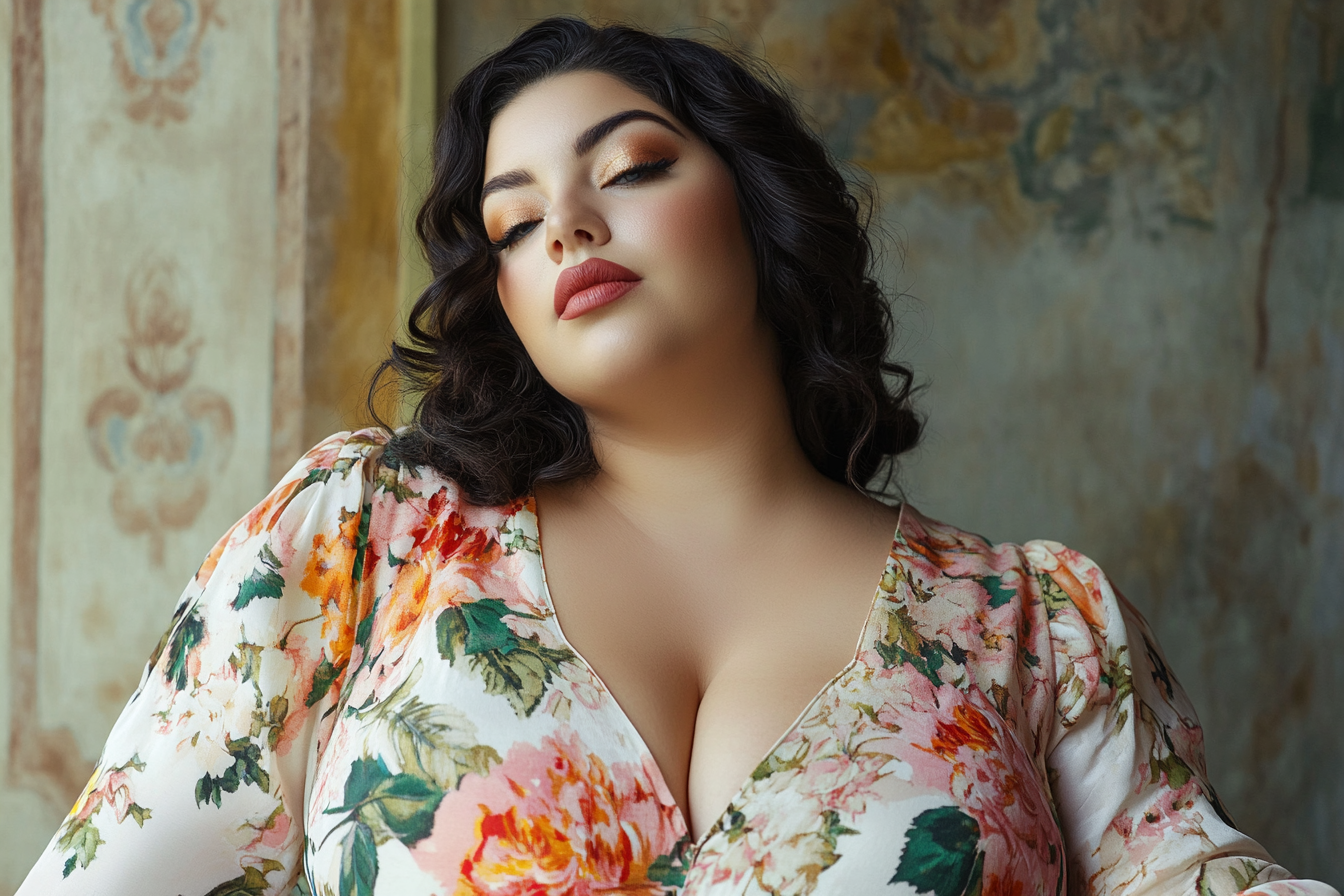The Power of Beauty Rituals: From Ancient Traditions to Modern Practices
In every corner of the world, beauty rituals have been a significant part of human culture and history. They are more than just practices used to enhance physical attributes; they are richly interwoven with cultural narratives, deeply rooted in history, and mirror societal values and beliefs. These rituals are not only about achieving a certain aesthetic, but also about self-care, wellness, and connecting to one's roots and identity. The global beauty industry, today, continues to be influenced by these age-old practices, and in many ways, is a modern reflection of these enduring rituals.

The Historical Significance of Beauty Rituals
Beauty rituals date back to the earliest civilizations, where they were deeply interwoven with religious and cultural beliefs. The ancient Egyptians, for example, are famously known for their elaborate beauty practices. They used a variety of natural ingredients for skincare and makeup, with kohl for eye makeup and henna for body art. These practices were not just about aesthetics, but also had spiritual and protective functions.
The Greeks also had their beauty rituals, where they associated physical beauty with inner virtue. Olive oil was a staple in their beauty regimen, used for skin and hair care, and even for bathing. In India, the practice of Ayurveda laid the foundation for holistic beauty rituals, emphasizing the balance between the body, mind, and spirit. These historical practices provide insight into how societies have perceived beauty and its value over the centuries.
Beauty Rituals Around the World
Across the globe, beauty rituals reflect the diversity and richness of human cultures. In Japan, the Geishas have a traditional skincare ritual using natural ingredients like rice bran, seaweed, and green tea. In Morocco, the Hammam ritual is a communal experience, involving steam bathing and exfoliation using argan oil and black soap.
In the Polynesian islands, Tamanu oil, derived from the nuts of the Tamanu tree, is used for skin healing and anti-aging. African women have long used shea butter for moisturizing and protecting the skin and hair. These traditions, passed down through generations, show the unique ways societies have tapped into the healing and nourishing properties of nature for beauty and wellness.
The Impact on the Modern Beauty Industry
These historical and cultural beauty rituals have had a profound impact on the modern beauty industry. Many well-known beauty brands are integrating these traditional practices and ingredients into their products. For example, Korean beauty rituals with their multi-step skincare routines have taken the global beauty industry by storm.
Furthermore, the industry is seeing a shift towards natural, organic ingredients, a trend that mirrors the use of natural elements in traditional beauty rituals. There is also an increasing focus on holistic beauty, which emphasizes overall wellness and self-care, akin to the Ayurvedic practices of India.
The Reception and Criticisms
While these traditional beauty rituals have found a place in the modern beauty industry, they have also been subject to criticism. Concerns have been raised about cultural appropriation, where these practices are taken out of context and commercialized by companies without proper acknowledgment or understanding of their cultural significance.
Moreover, the industry’s shift towards natural and organic products has been questioned for its sustainability, given the increased demand for these resources. It is important for the industry to navigate these issues responsibly, respecting cultural heritage and promoting sustainable practices.
The Power of Beauty Rituals: More than Skin Deep
Beauty rituals are powerful. They are not just about vanity or achieving a certain look. They are deeply personal and intimate practices that can have therapeutic and meditative effects, promoting self-care and self-love. They can serve as a means of connecting with one’s roots, history, and culture.
Even in today’s technology-driven era, these age-old beauty rituals continue to hold their relevance. They remind us of the time-tested wisdom of our ancestors and the power of nature. They challenge the modern beauty industry to evolve and innovate while respecting cultural heritage and promoting sustainability. Above all, they tell us that beauty is more than skin deep - it’s a reflection of our health, well-being, culture, and identity.




